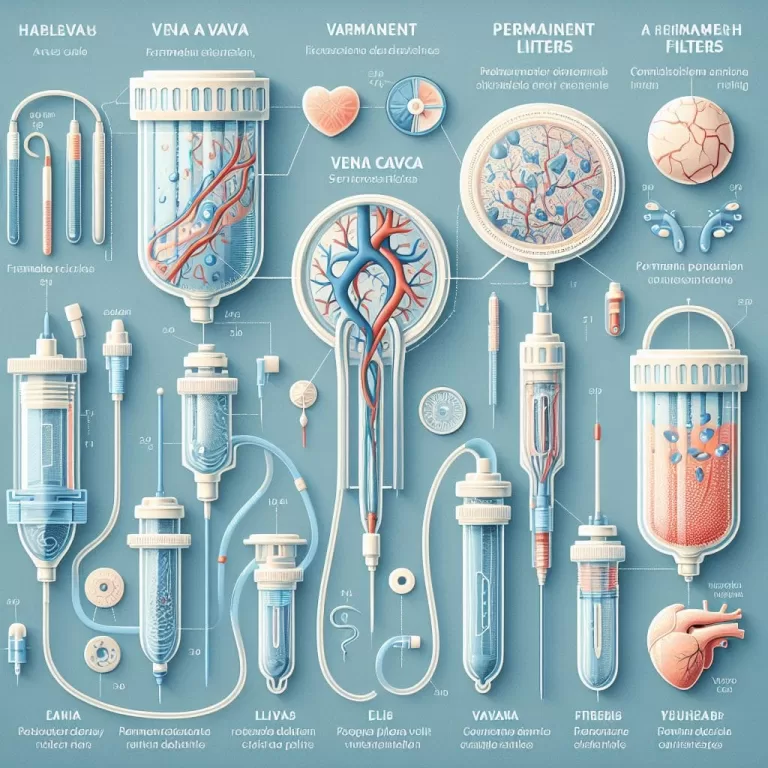Permanent Vena Cava Filters
**Permanent Vena Cava Filters**
Permanent vena cava filters (pVCDs) are medical devices implanted into the large vein responsible for carrying blood from the lower body to the heart (vena cava). They are primarily used to prevent pulmonary embolism (PE), a serious and potentially life-threatening condition when a blood clot travels to the lungs.
pVCDs work by capturing and trapping blood clots that may form in the legs or abdomen and then ascend to the lungs. This is especially beneficial for individuals with conditions that predispose them to PE, such as deep vein thrombosis (DVT), or for those who cannot take blood thinners due to other medical reasons.
Insertion of pVCDs is a minimally invasive procedure typically performed through a small incision in the groin area. However, there are potential risks associated with pVCDs, including device migration, fracture, or the development of post-thrombotic syndrome (PTS).
Removal of pVCDs is usually considered when the risk of PE has subsided or if complications arise. Retrieval involves a more complex procedure than insertion.
**Keywords:**
* Permanent vena cava filters (pVCDs)
* Pulmonary embolism (PE)
* Deep vein thrombosis (DVT)
* Blood clots
* Vascular intervention
* Vena cava
* Thromboprophylaxis
* Medical device
Discover the Types of Vena Cava Filters: A Comprehensive Guide for Healthcare Professionals

Vena cava filters may prevent blood clots in your veins from reaching your lungs. They may be permanent, long-term solutions or temporary screens that may be removed after a few weeks or months. The vena cava is the large vein…
